Foster + Partners’ Narbo Via enriches cultural landscape in south of France
Narbo Via, a new museum by Foster + Partners, opens in Narbonne, France
Nigel Young - Photography
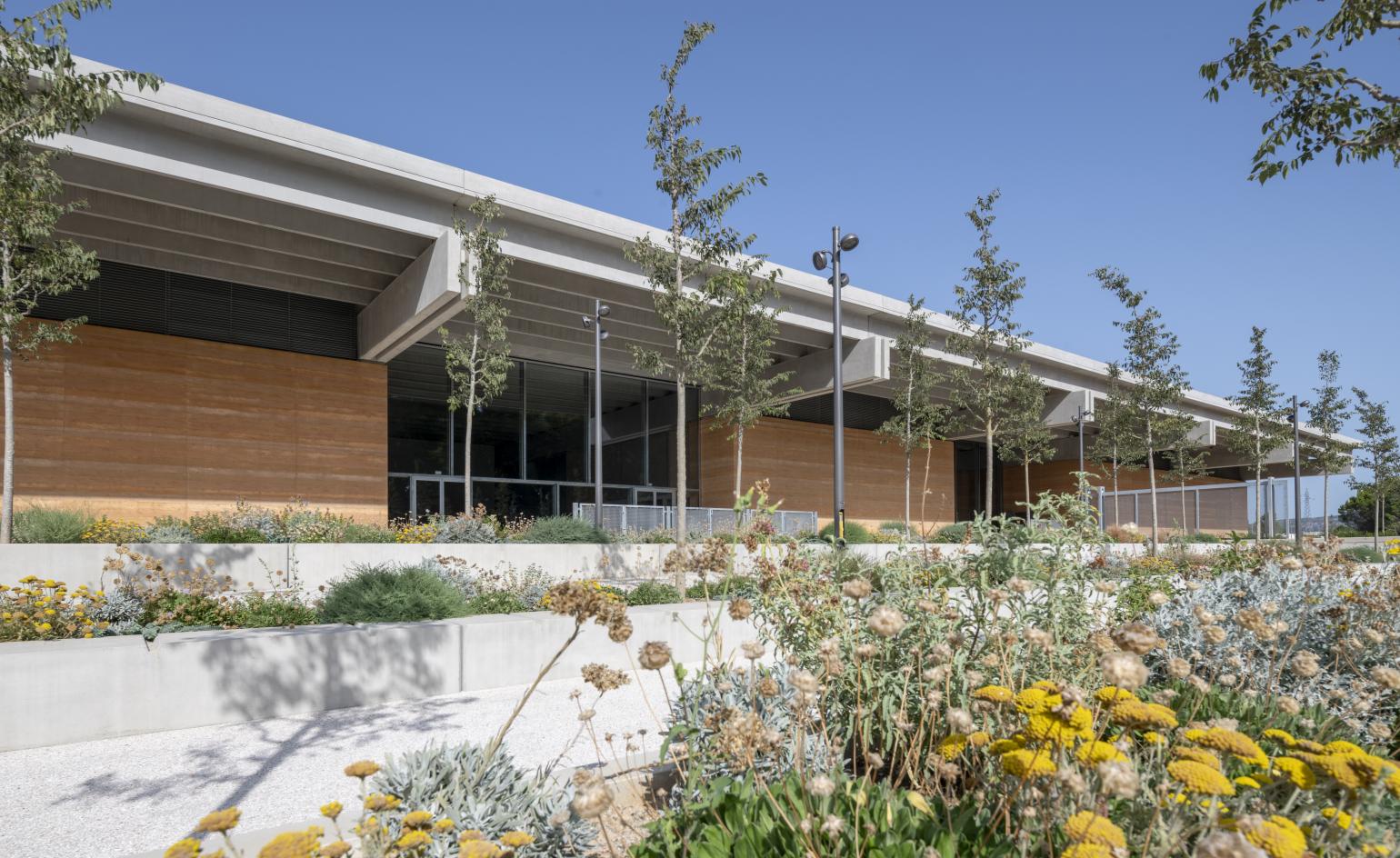
Narbo Via, a museum of Roman antiquities designed by Foster + Partners, is about to launch in Narbonne. Opening in an official ceremony tomorrow (11 December 2021), the brand new cultural draw for the region is set to become a landmark destination for its city, located on the Canal de la Robine in southern France.
The museum’s low, linear volume is raised on a podium, balancing ‘civic monumentality’, the architects say, with restraint. It is placed among lush, green architectural gardens and landscaping including an outdoor theatre, embedding the new structure into its surroundings. Stone mixes with steel and a distinctive concrete roof, making for a building that appears strong and firmly linked to the earth and its site.
And while the exterior is defined by its relatively discreet, yet confident, presence, the interior clearly and unashamedly celebrates its content by placing it centre stage through the presence of a ‘Lapidary Wall’, a shelving grid featuring stone displays that belong to the collection. This architectural element is open for all to see, cleverly separating public galleries and restoration spaces where specialists are at work to preserve the museum’s precious cargo. Visitors can catch glimpses of the professionals at work through this semi-permeable wall that places the collection at the design’s heart.
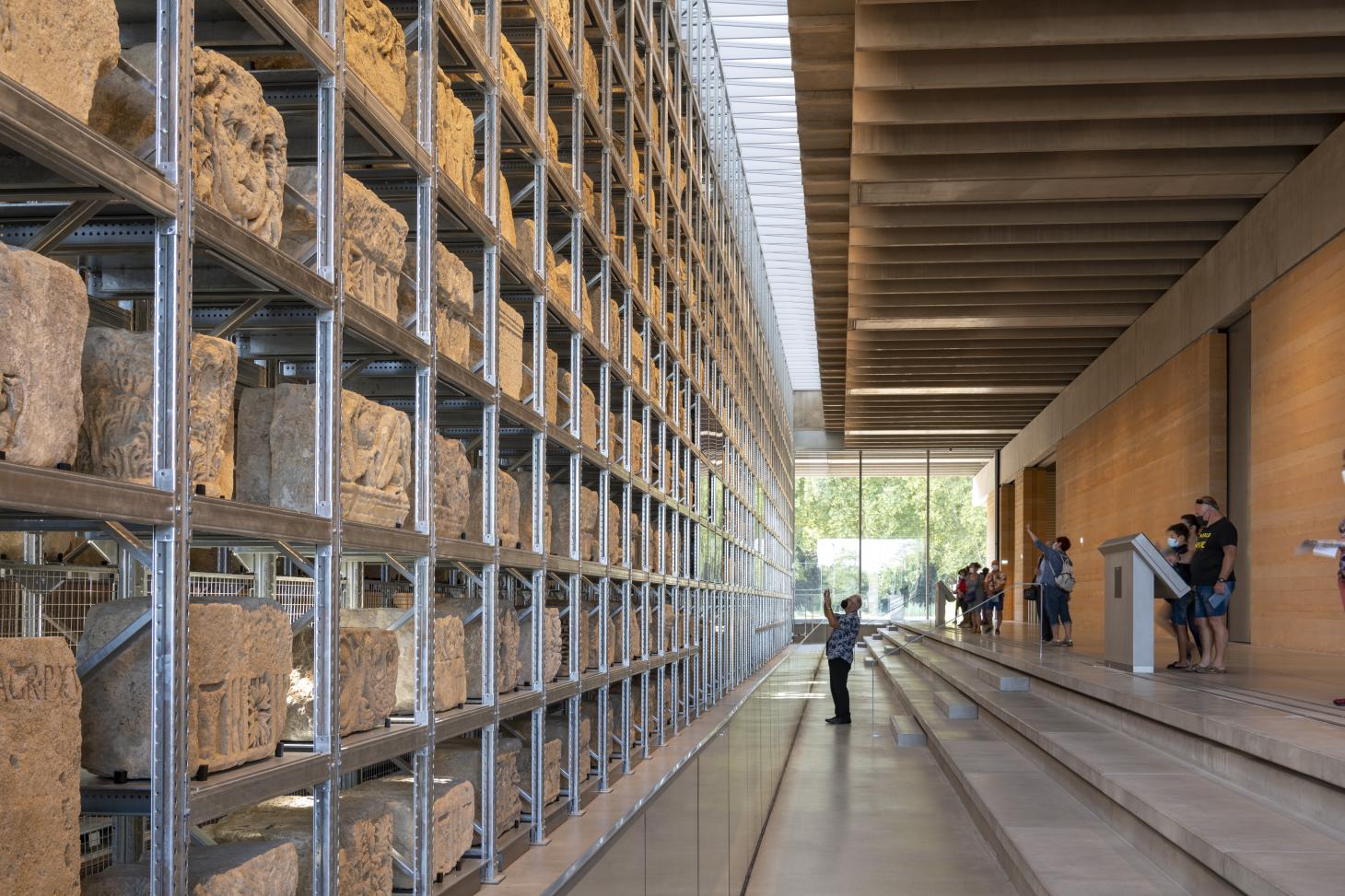
The project also includes an array of public-facing spaces, such as galleries for permanent and temporary exhibitions, a multimedia education centre, an auditorium, a restaurant and a bookshop. Research, restoration and storage facilities, as well as offices, complete the building, which is brightly lit through swathes of glass in openings and floor-to-ceiling transparent walls.
Foster + Partners has recently completed more work in France – namely the winery Le Dôme, which opened its doors to visitors a couple of months ago. It sits alongside older, iconic projects from the firm’s portfolio, such as the Millau Viaduct and the Carré d’Art in Nîmes. ‘Our work on Narbo Via extends a long relationship between the Foster studio and the south of France. The arts are vital to the life of a city, and a cultural building has the potential to reinvent and regenerate its “sense of place”, to break down physical and social barriers. Bringing together the old and the new, Narbo Via will renew the image of the museum, becoming not just a place for reflection but a creator of knowledge for future generations,’ says the practice’s renowned founder and executive chairman, Norman Foster.
Looking to the future, the Narbo Via building also employs a comprehensive sustainability strategy. This, the architects note, has been inspired by ancient Roman technology. Natural ventilation is achieved through the clever concrete ceiling structure that helps push air to circulate throughout the interior, supporting a healthy environment for visitors, as well as its rich collection of Roman antiquities.
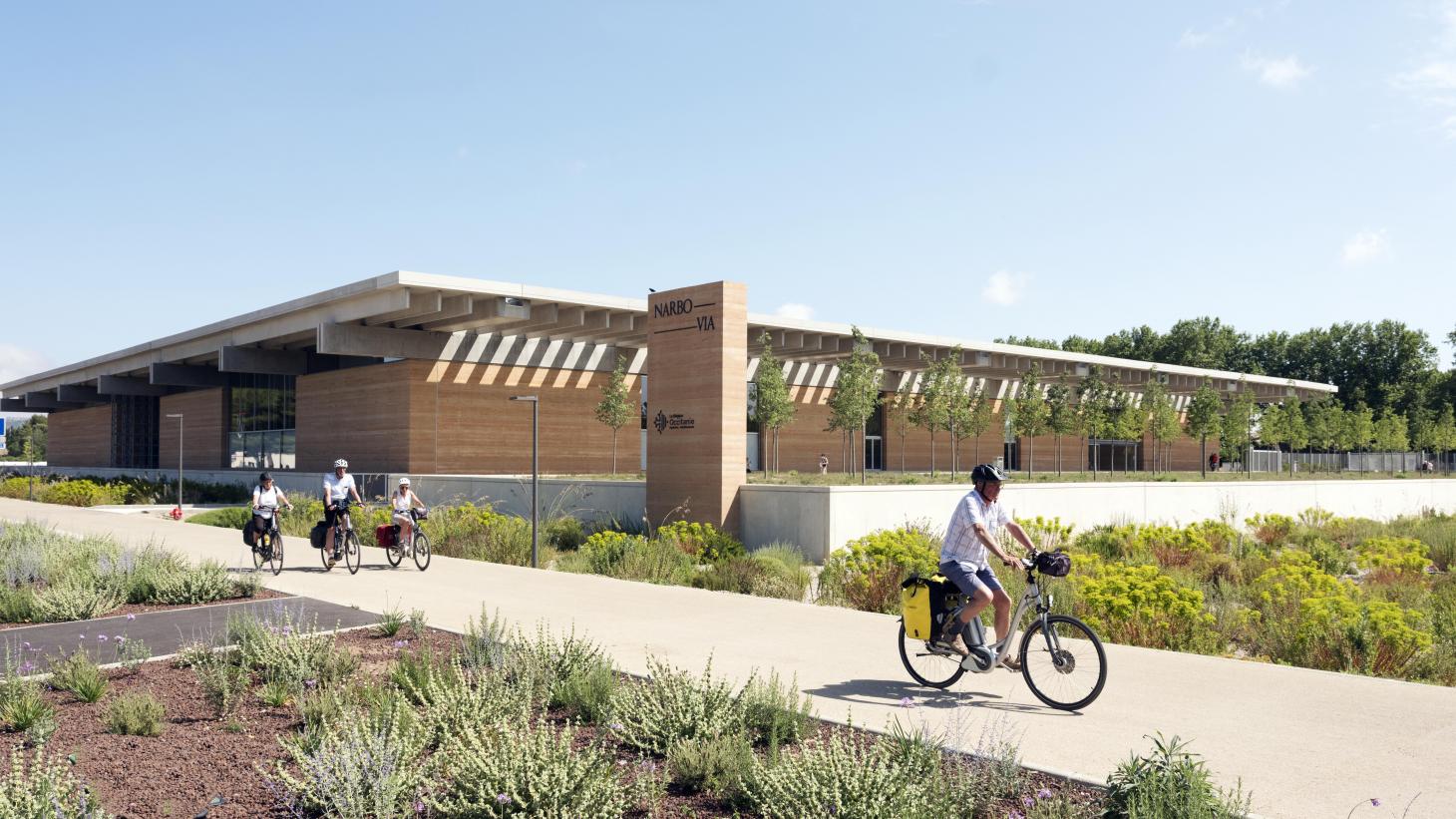
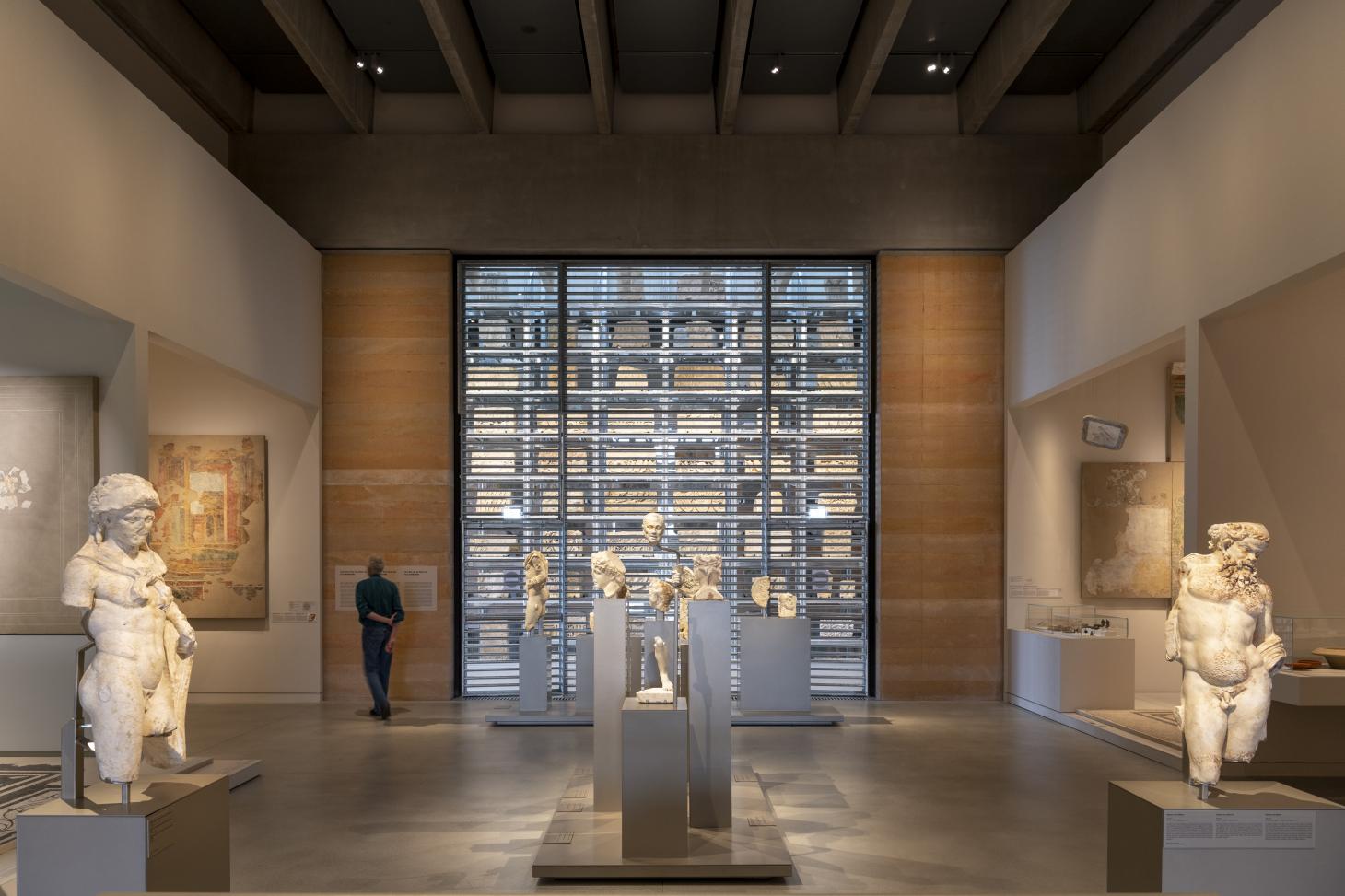
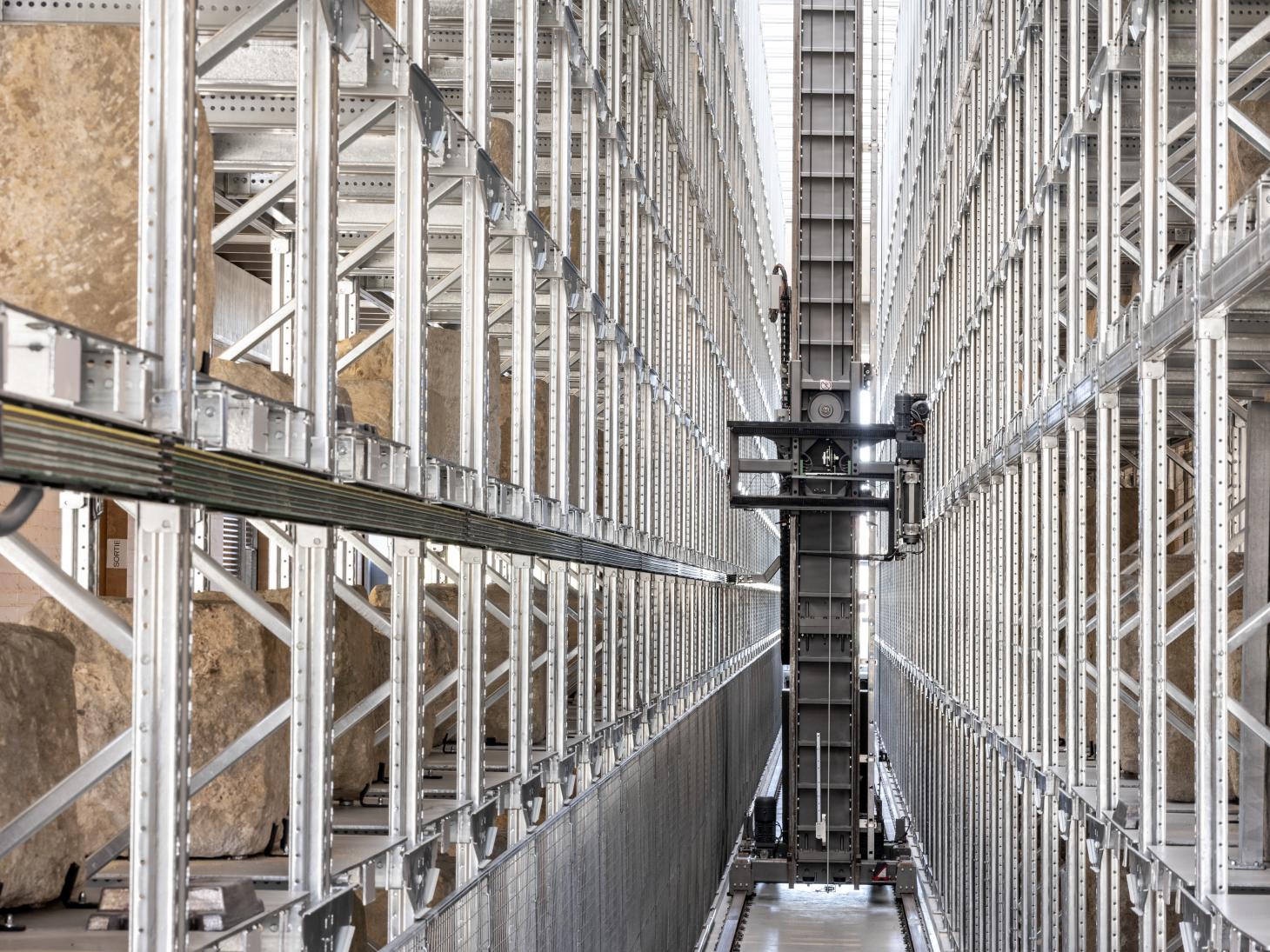
Receive our daily digest of inspiration, escapism and design stories from around the world direct to your inbox.
INFORMATION
Ellie Stathaki is the Architecture & Environment Director at Wallpaper*. She trained as an architect at the Aristotle University of Thessaloniki in Greece and studied architectural history at the Bartlett in London. Now an established journalist, she has been a member of the Wallpaper* team since 2006, visiting buildings across the globe and interviewing leading architects such as Tadao Ando and Rem Koolhaas. Ellie has also taken part in judging panels, moderated events, curated shows and contributed in books, such as The Contemporary House (Thames & Hudson, 2018), Glenn Sestig Architecture Diary (2020) and House London (2022).
-
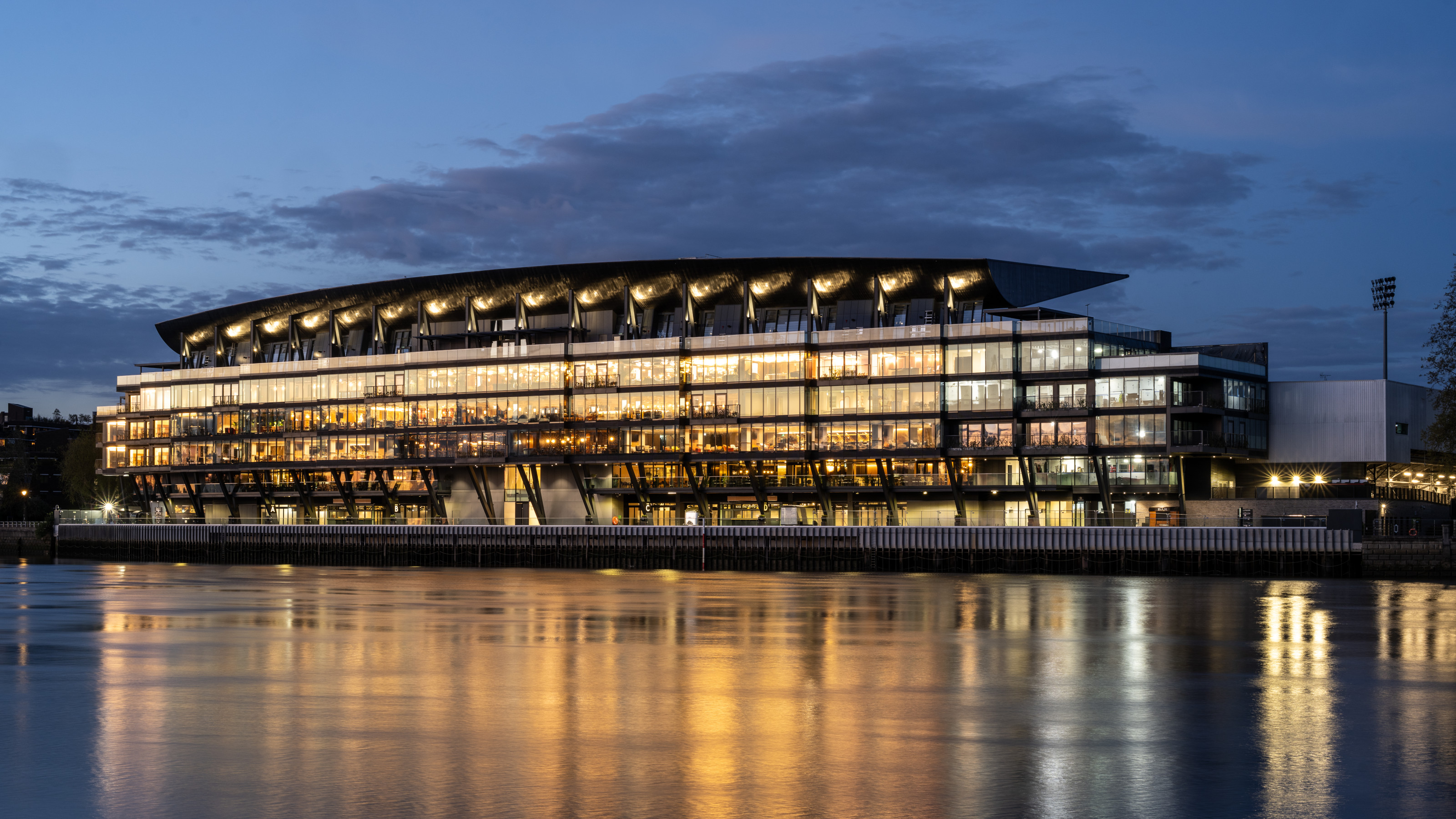 Fulham FC’s new Riverside Stand by Populous reshapes the match-day experience and beyond
Fulham FC’s new Riverside Stand by Populous reshapes the match-day experience and beyondPopulous has transformed Fulham FC’s image with a glamorous new stand, part of its mission to create the next generation of entertainment architecture, from London to Rome and Riyadh
-
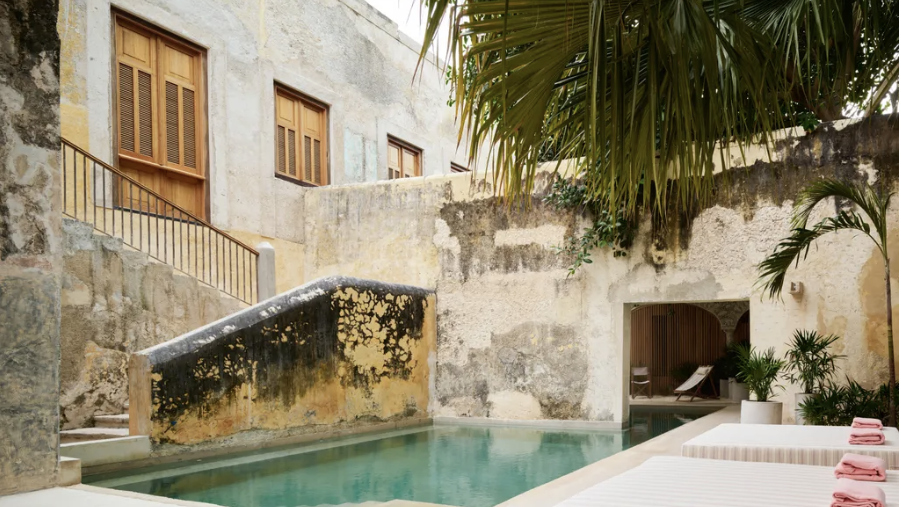 A contemporary Mexican hotel emerges from a 16th-century ruin in Mérida
A contemporary Mexican hotel emerges from a 16th-century ruin in MéridaA renovation project by Zeller & Moye, Mérida’s new Hotel Sevilla wears its architectural interventions lightly, mixing new brutalist elements into listed interiors and a palm-filled courtyard
-
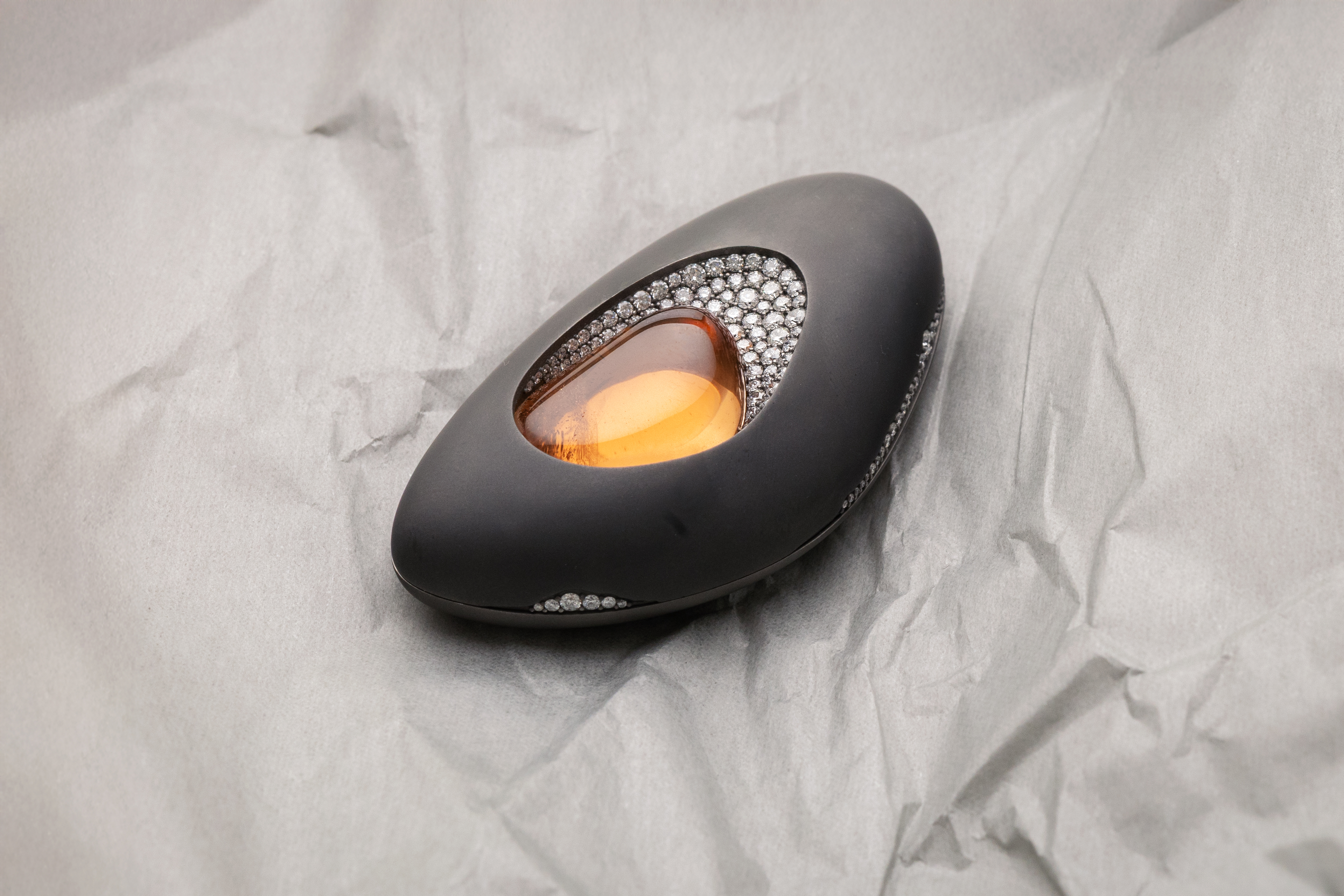 Discover the cool and offbeat designs of jeweller Inesa Kovalova
Discover the cool and offbeat designs of jeweller Inesa KovalovaInesa Kovalova's jewellery celebrates a mix of mediums and materials
-
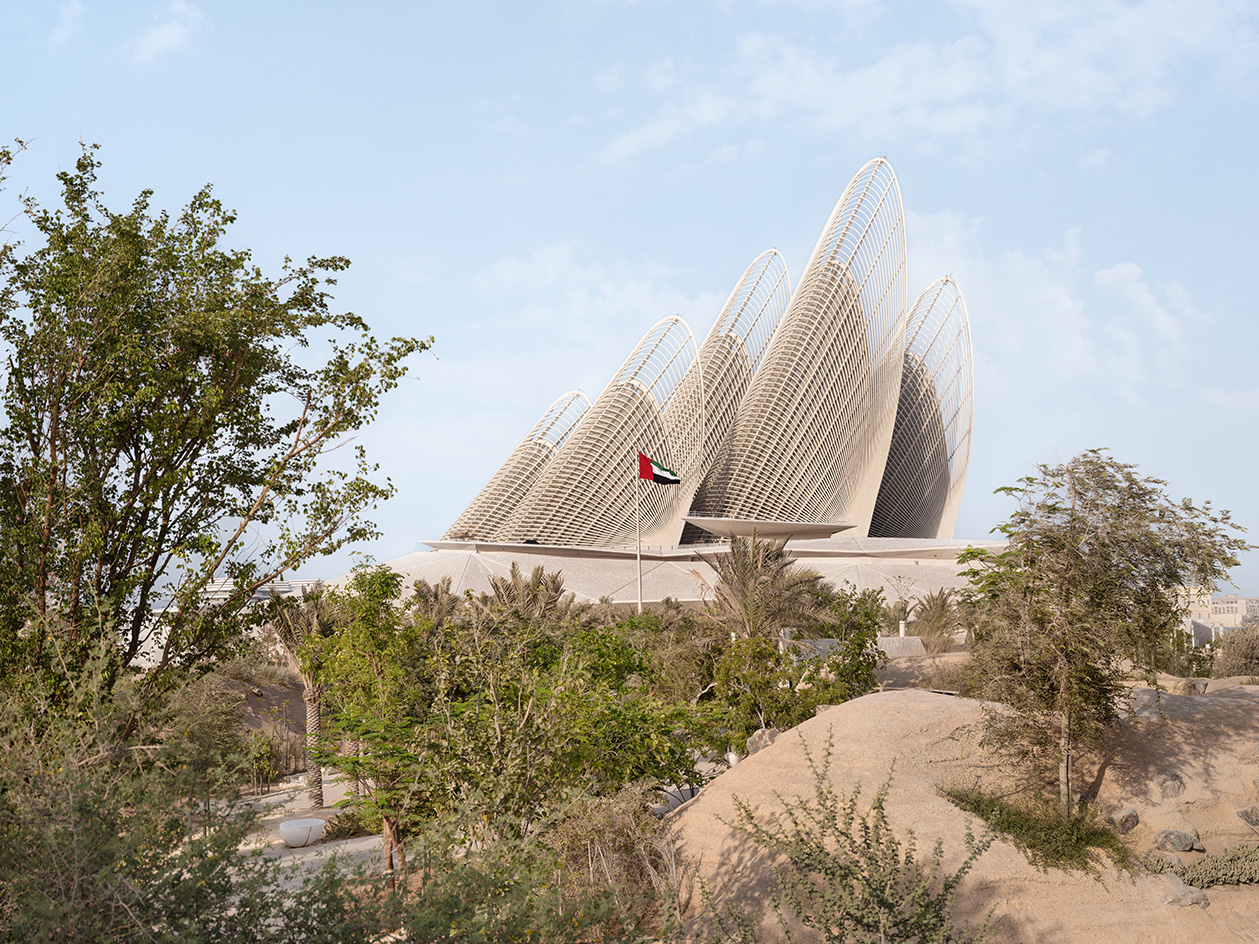 Zayed National Museum opens as a falcon-winged beacon in Abu Dhabi
Zayed National Museum opens as a falcon-winged beacon in Abu DhabiFoster + Partners’ Zayed National Museum opens on the UAE’s 54th anniversary, paying tribute to the country's founder and its past, present and evolving future
-
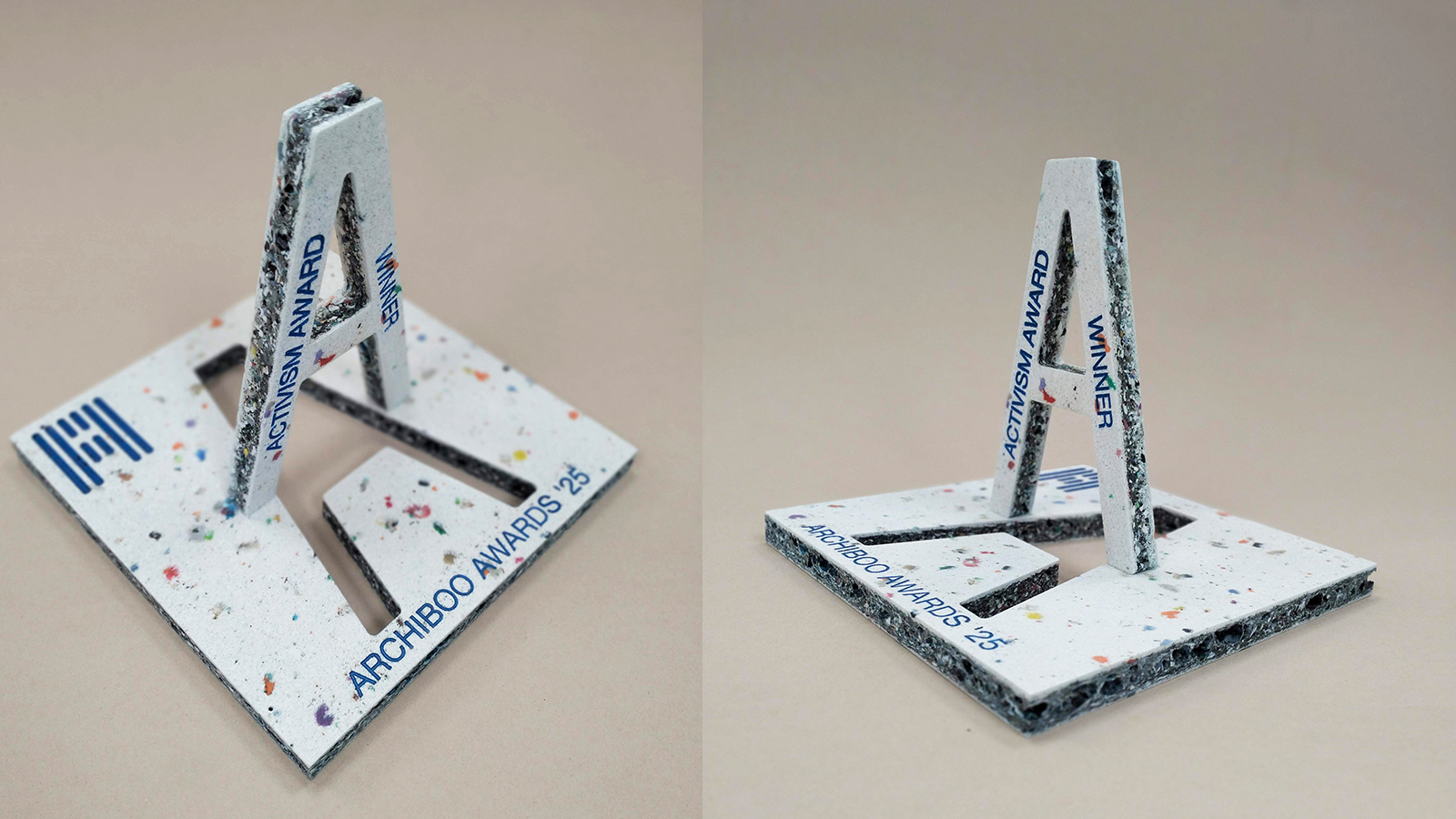 Archiboo Awards 2025 revealed, including prizes for architecture activism and use of AI
Archiboo Awards 2025 revealed, including prizes for architecture activism and use of AIArchiboo Awards 2025 are announced, highlighting Narrative Practice as winners of the Activism in architecture category this year, among several other accolades
-
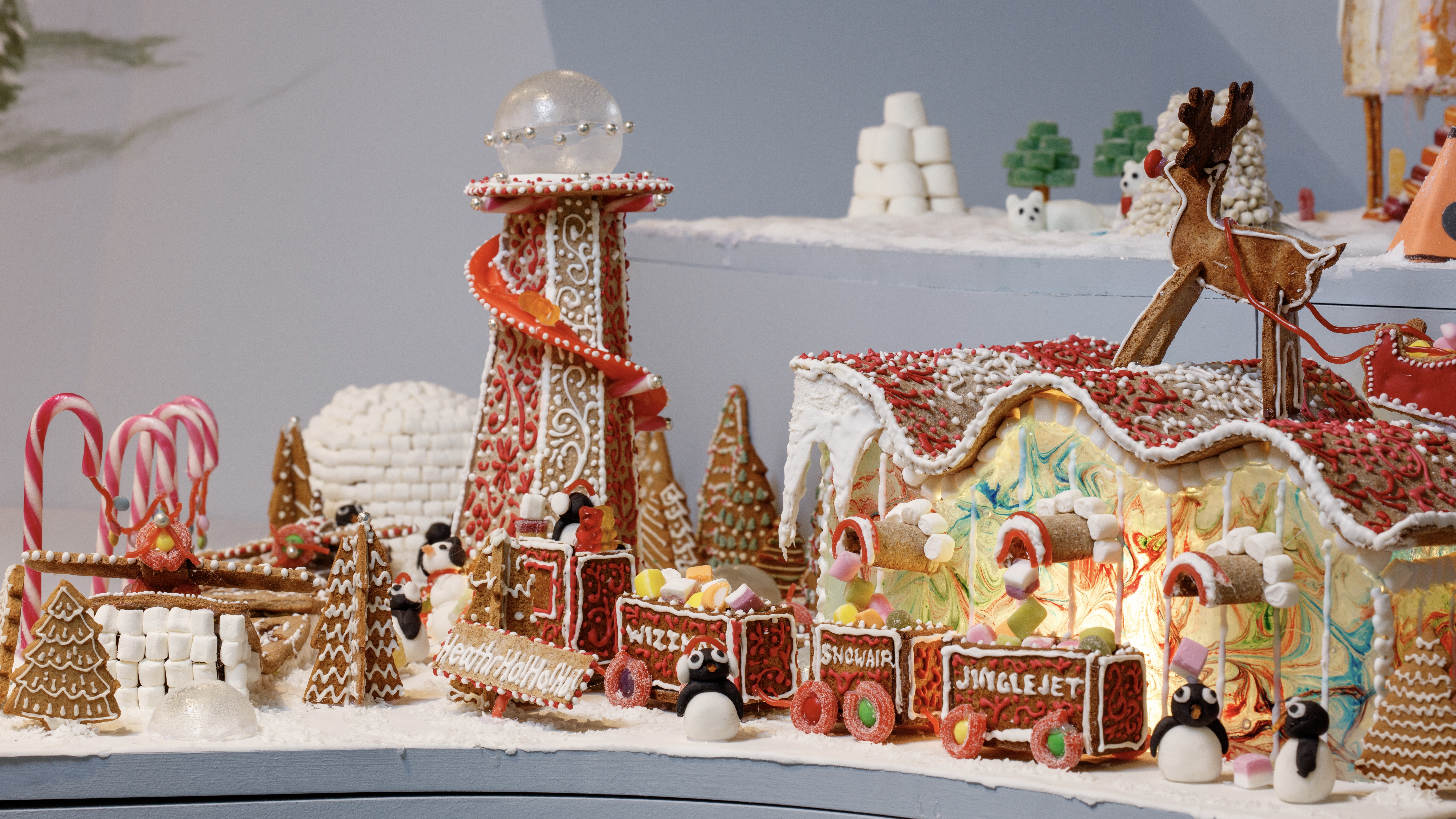 Welcome to The Gingerbread City – a baked metropolis exploring the idea of urban ‘play’
Welcome to The Gingerbread City – a baked metropolis exploring the idea of urban ‘play’The Museum of Architecture’s annual exhibition challenges professionals to construct an imaginary, interactive city entirely out of gingerbread
-
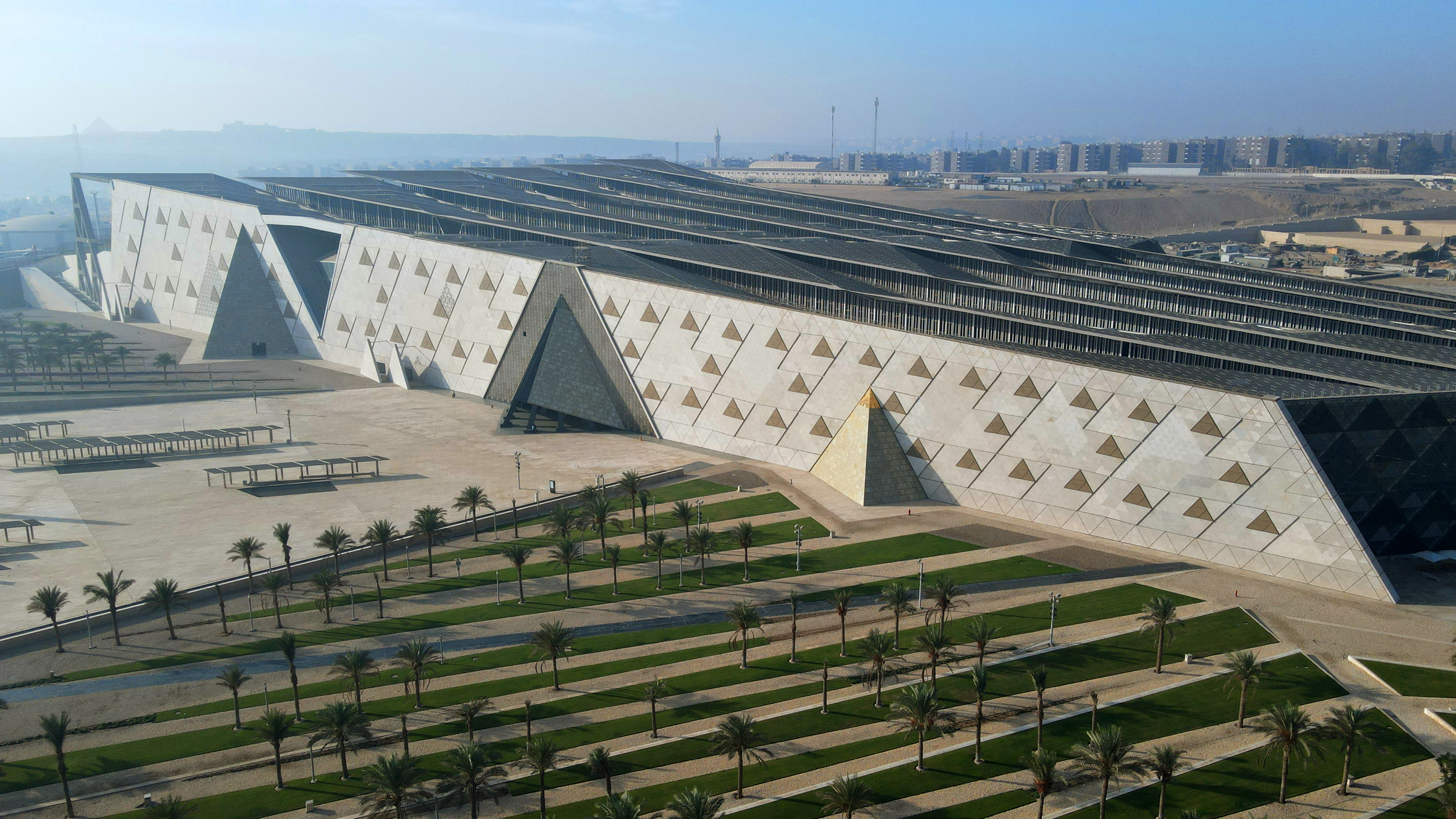 The Grand Egyptian Museum – a monumental tribute to one of humanity’s most captivating civilisations – is now complete
The Grand Egyptian Museum – a monumental tribute to one of humanity’s most captivating civilisations – is now completeDesigned by Heneghan Peng Architects, the museum stands as an architectural link between past and present on the timeless sands of Giza
-
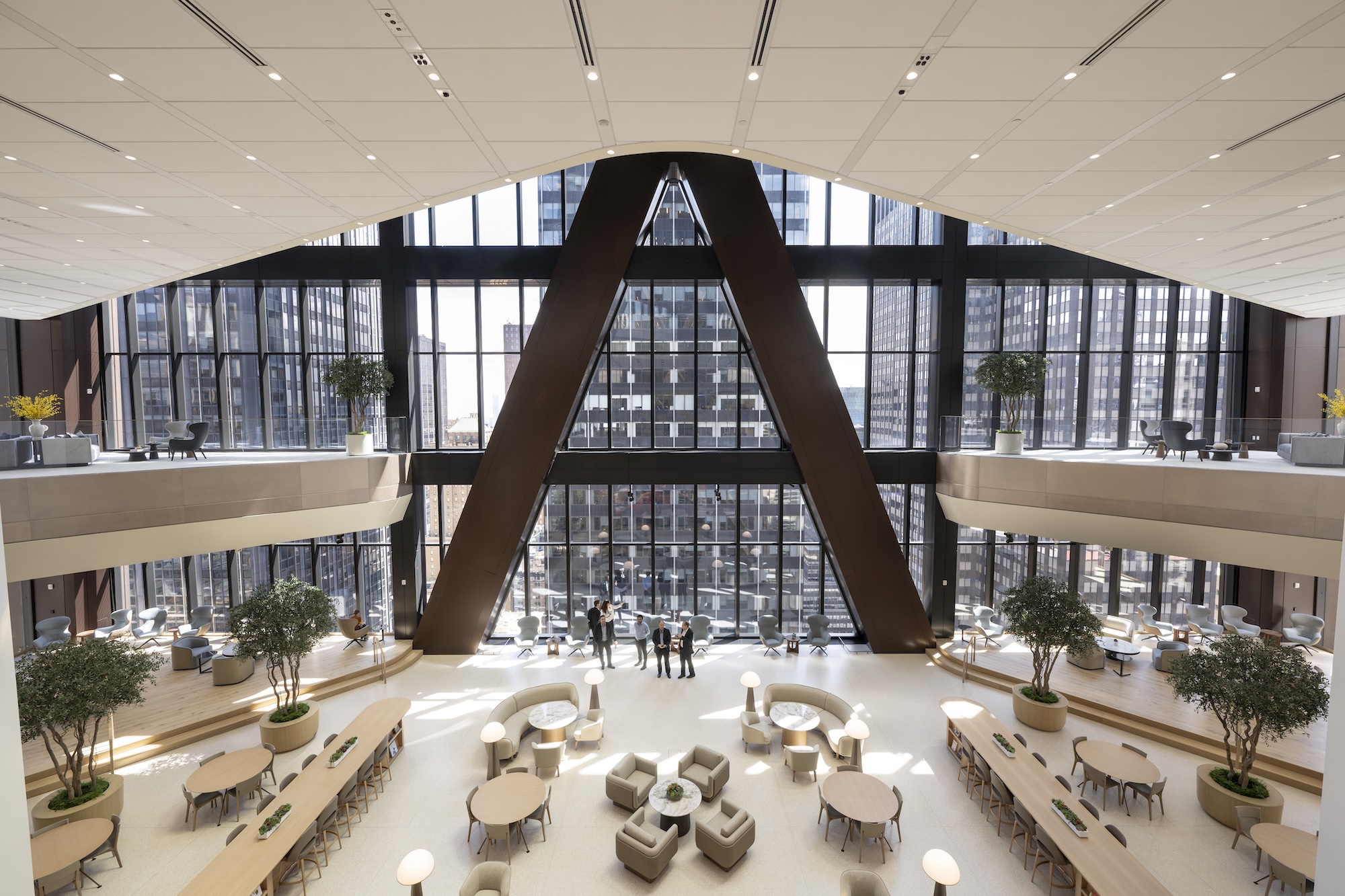 ‘It’s really the workplace of the future’: inside JPMorganChase’s new Foster + Partners-designed HQ
‘It’s really the workplace of the future’: inside JPMorganChase’s new Foster + Partners-designed HQThe bronze-clad skyscraper at 270 Park Avenue is filled with imaginative engineering and amenities alike. Here’s a look inside
-
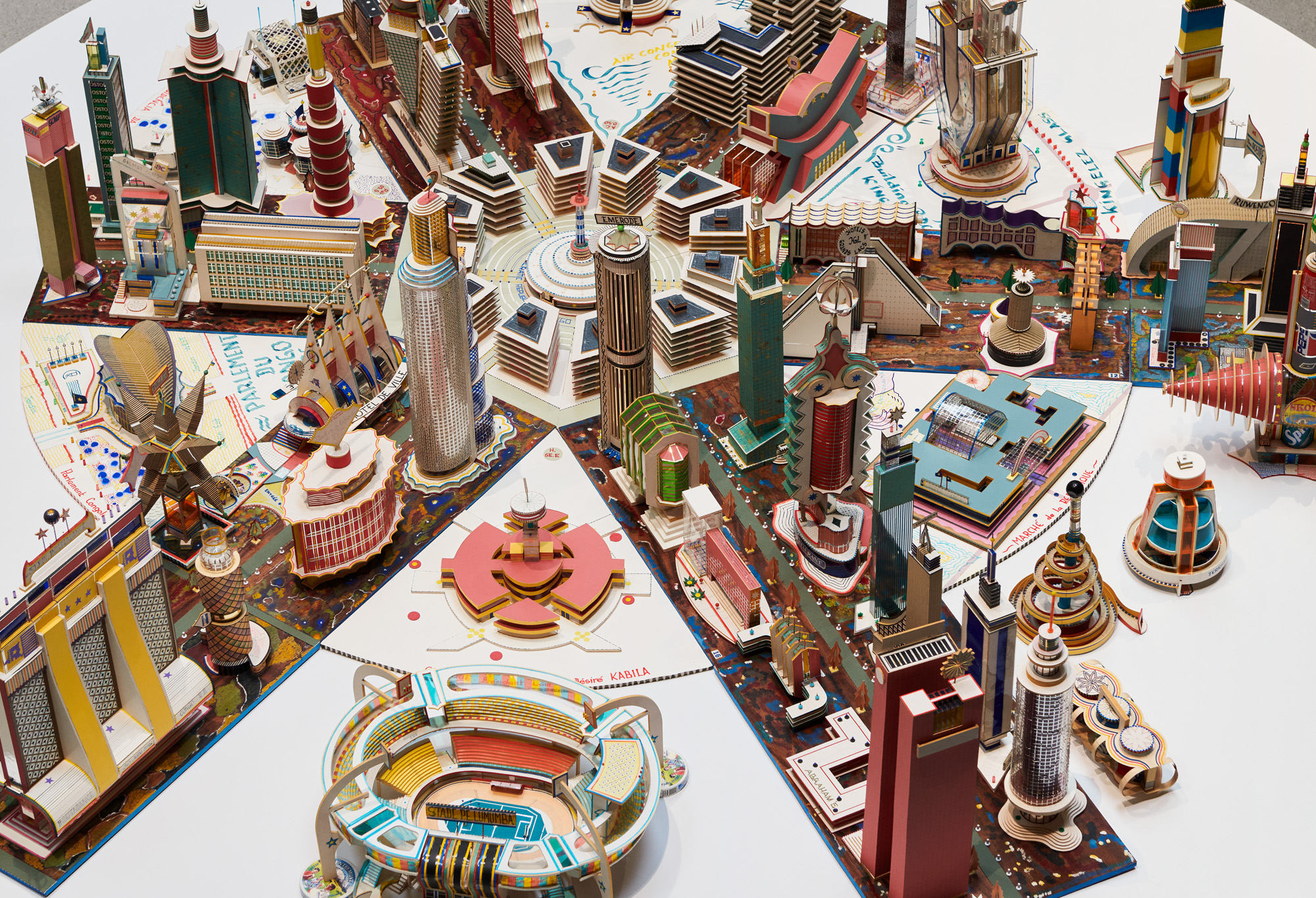 ‘You have to be courageous and experimental’: inside Fondation Cartier’s new home
‘You have to be courageous and experimental’: inside Fondation Cartier’s new homeFondation Cartier pour l'art contemporain in Paris invites us into its new home, a movable feast expertly designed by Jean Nouvel
-
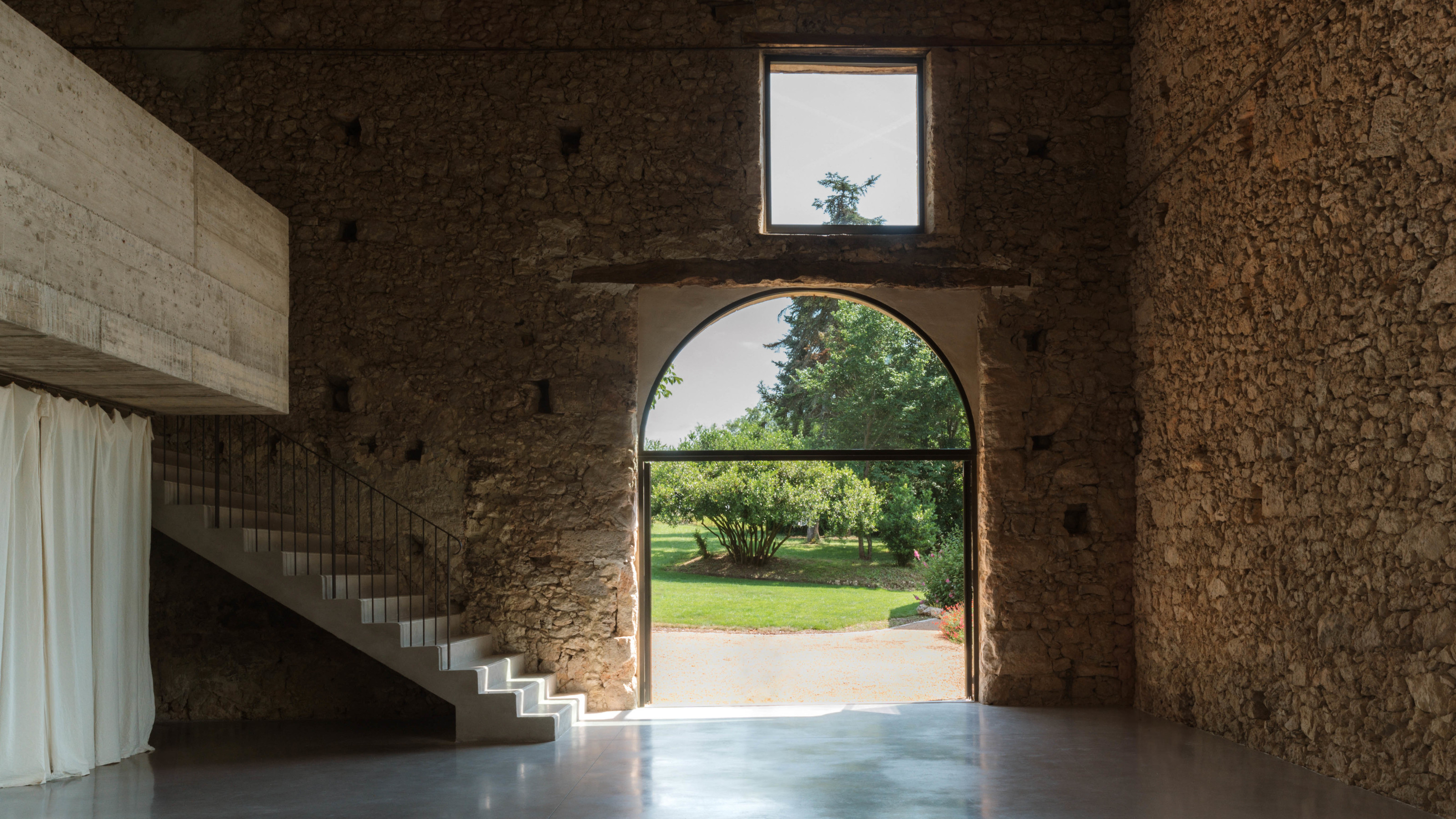 A wellness retreat in south-west France blends rural charm with contemporary concrete
A wellness retreat in south-west France blends rural charm with contemporary concreteBindloss Dawes has completed the Amassa Retreat in Gascony, restoring and upgrading an ancient barn with sensitive modern updates to create a serene yoga studio
-
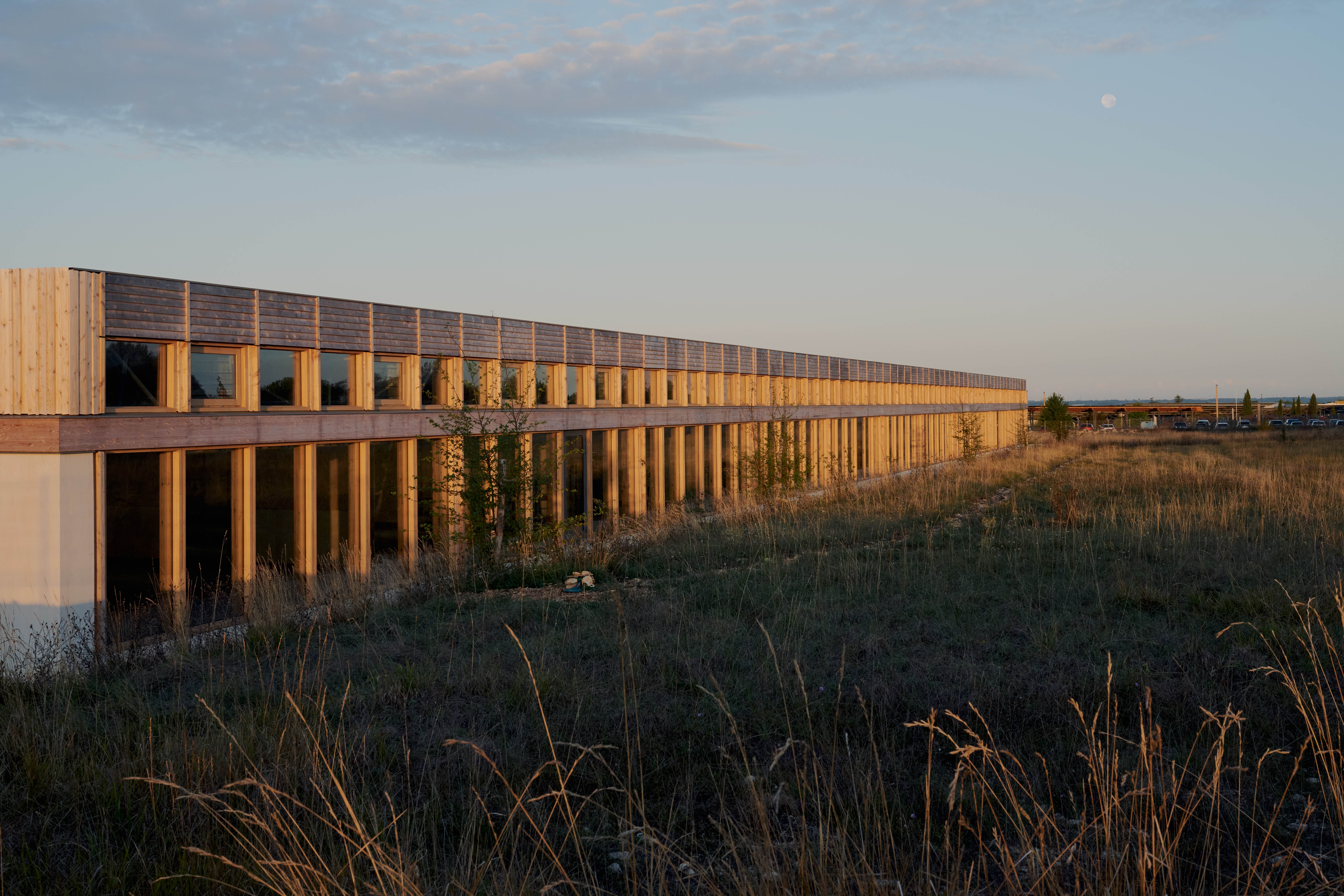 Explore the new Hermès workshop, a building designed for 'things that are not to be rushed'
Explore the new Hermès workshop, a building designed for 'things that are not to be rushed'In France, a new Hermès workshop for leather goods in the hamlet of L'Isle-d'Espagnac was conceived for taking things slow, flying the flag for the brand's craft-based approach